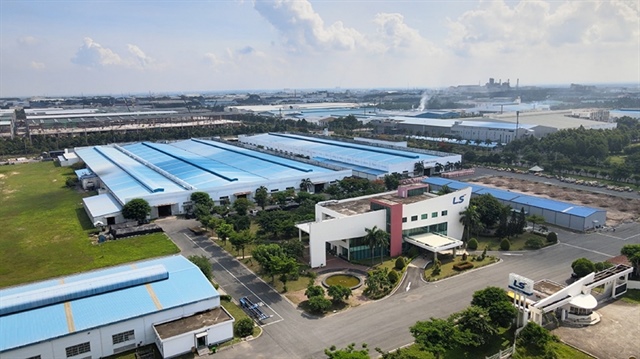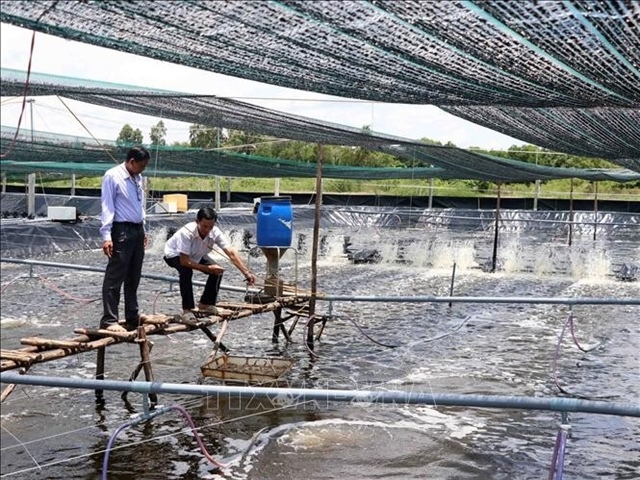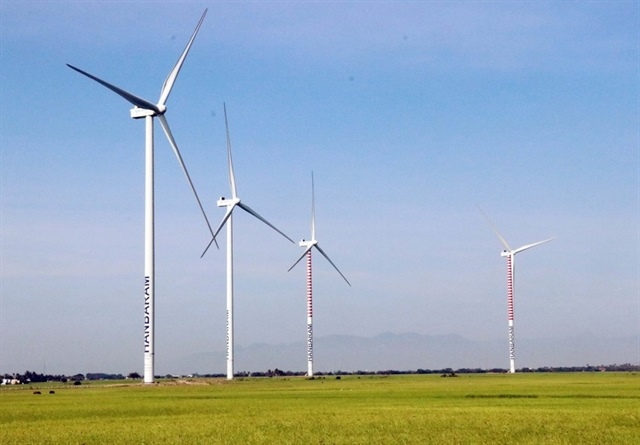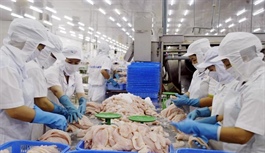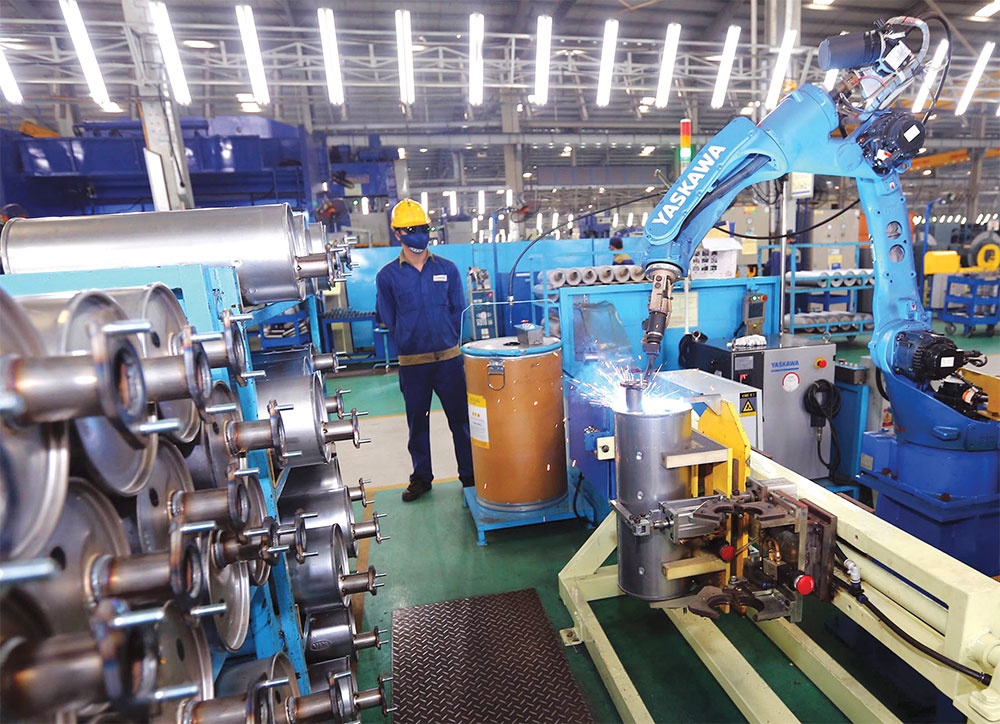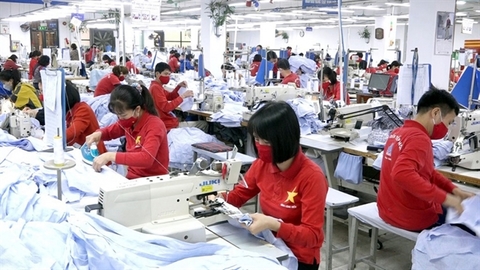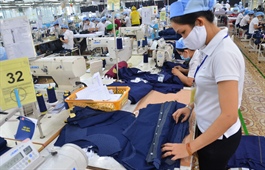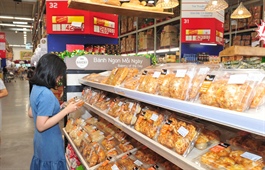Global supply chains: Risks and opportunities
Global supply chains: Risks and opportunities
At a recent workshop on opportunities and challenges for global value chains (GVCs) held by the Ministry of Industry and Trade, domestic and foreign economists agreed that the COVID-19 pandemic has severely affected GVCs and at the same time created opportunities for them.
The Ministry of Industry and Trade official tasked with international economic integration, Trinh Minh Anh, said COVID-19 has posed unprecedented challenges to global value chains, with disruptions to both the supply of goods and services and people’s needs. In the early days of the pandemic, lockdown measures resulted in limited production and business activities, and disruption of supply and value chains. “The regional and world economies faced a huge shortage of intermediate input supplies for industries. This shock spread quickly and disrupted the expansion of the global supply chains that were quite stable after the financial crisis,” Anh said. Future pandemics and impacts of the global economic recession, rising inflation and climate change are forecast to keep affecting the global economy in general and the supply chains of goods in particular, Anh warned.
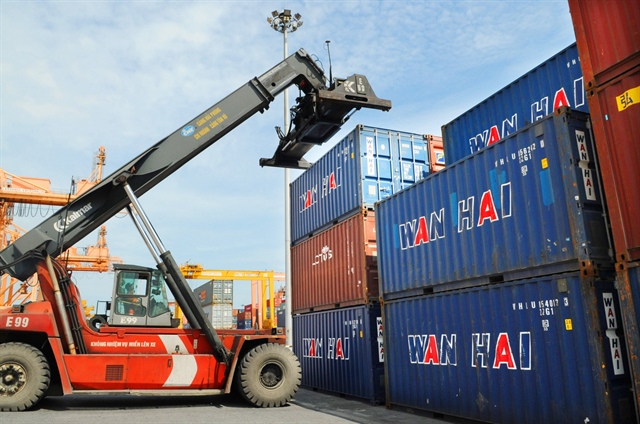
Reduced logistics costs are needed to boost global supply chains |
Apart from challenges, according to workshop participants, COVID-19 has given a new impetus to development of a more flexible production network while accelerating supply chain restructuring in the face of rising protectionism.
However, Nguyen Anh Duong, Head of the Department of General Studies under the Ministry of Planning and Investment’s Central Institute for Economic Management (CIEM) does not believe the global supply chain will return to normal by the end of this year, while other non-pandemic problems including rising inflation in different countries and the Russian-Ukrainian conflict, have been causing and will cause significant pressures on GVCs.
According to Faizai Safa from the Indonesian Industry 4.0 committee, COVID-19 has made it impossible for many kinds of goods to be distributed directly, and only through digital platforms. The pandemic has changed consumer habits and increased online purchases, he said. Meanwhile, COVID-19 has also led businesses to create more e-commerce platforms, Faizai Safa said.
He said countries need to have appropriate policies, create more favorable conditions for businesses to recover through digital infrastructure improvement, promote e-commerce, and better meet the increasing demand for online shopping worldwide. Governments need to have logistics cost reduction plans, create more favorable conditions for goods circulation and increase the competitiveness of enterprises, he added.
Sharing the same opinion, Luciano Cuervo, Senior Economic Advisor, Global Value Chain Division, Undersecretariat for International Economic Relations, Chile, said governments need to reduce before and after-border tariff and non-tariff trade barriers to boost trade, make it easier for businesses to find new markets, and minimize risks to global value chains.
Jason Bernstein, Director of Global Affairs at the American Chemistry Council, recommended that in addition to reducing tariff and non-tariff barriers, countries should improve border management to facilitate trade.



